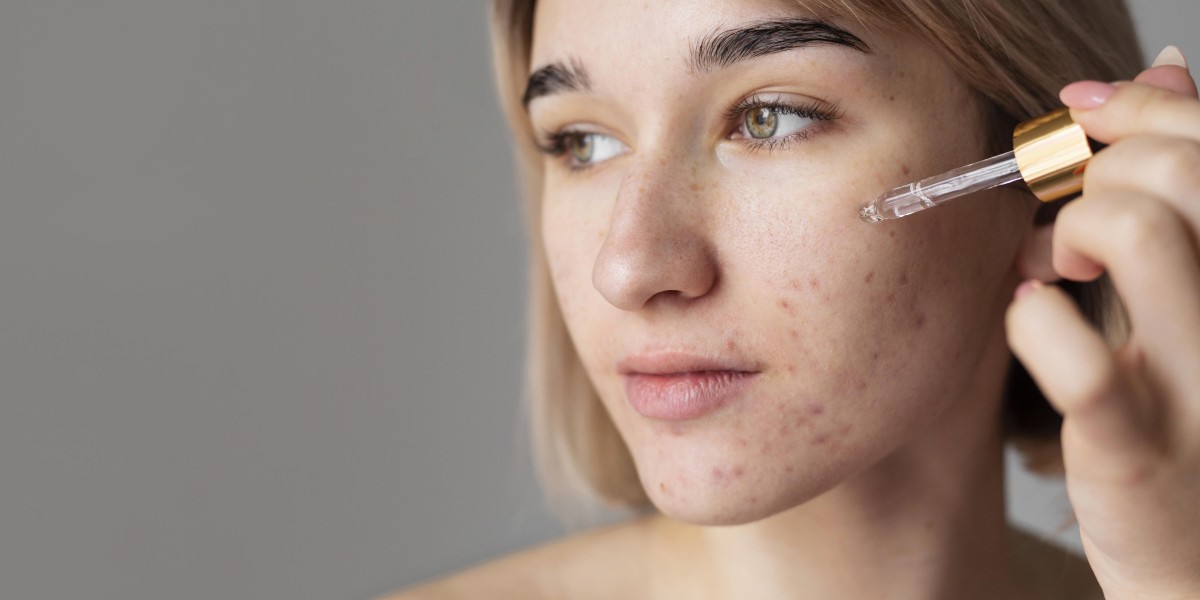What Is Clean/Natural/Organic Skincare?
Clean Skincare
“Clean” skincare refers to products made without potentially harmful or toxic ingredients such as parabens, sulfates, phthalates, or synthetic fragrances. These formulas are safe for skin and body, even if they aren’t 100% natural or organic.
Natural Skincare
Products labeled “natural” are made primarily with ingredients derived from nature—plants, minerals, and natural oils—rather than synthetic chemicals. However, not all natural products are automatically safe or non-irritating, so reading labels is still important.
Organic Skincare
“Organic” refers to ingredients grown without synthetic fertilizers, pesticides, or GMOs. These products often carry certification (like USDA Organic) and represent a higher standard of environmental and personal safety.
Why Choose Clean/Natural/Organic Skincare?
Better for Your Skin: Fewer harsh chemicals reduce the risk of irritation, breakouts, and long-term skin damage.
Environmentally Friendly: Sustainable sourcing, biodegradable packaging, and ethical farming practices reduce environmental impact.
Safer Long-Term Use: Avoiding synthetic preservatives and toxins lowers your exposure to potentially harmful substances.
Cruelty-Free Options: Most clean beauty brands also avoid animal testing.
Transparency and Trust: Clean beauty brands often provide full ingredient disclosure and ethical sourcing practices.
Key Ingredients to Look For
When building a clean or organic skincare routine, look for these powerhouse ingredients:
Aloe Vera: Soothes inflammation and hydrates
Jojoba Oil: Balances oil production and moisturizes
Shea Butter: Deep hydration and anti-inflammatory properties
Rosehip Oil: Rich in antioxidants and helps with skin regeneration
Green Tea Extract: Protects against environmental stress and soothes skin
Vitamin C (from natural sources): Brightens and boosts collagen
Chamomile: Calms redness and irritation
Coconut Oil: Moisturizing and antimicrobial (best for body use)
Ingredients to Avoid in Non-Clean Skincare
To stay truly clean and natural, avoid these common irritants or potentially toxic substances:
Parabens
Sulfates (SLS/SLES)
Phthalates
Synthetic Fragrances
PEGs (polyethylene glycols)
Formaldehyde and formaldehyde-releasing agents
Mineral oil and petroleum-based ingredients
Chemical sunscreens (like oxybenzone)
Clean/Natural/Organic Skincare Routine (Step-by-Step)
1. Gentle Cleanser
Use a plant-based cleanser to remove dirt and makeup without stripping skin.
Top Pick: Pai Camellia & Rose Gentle Hydrating Cleanser
2. Alcohol-Free Toner
Look for calming botanicals like witch hazel or rose water.
Top Pick: Thayers Rose Petal Witch Hazel Toner
3. Natural Serum
Choose serums rich in Vitamin C, hyaluronic acid (plant-derived), or niacinamide.
Top Pick: Mad Hippie Vitamin C Serum
4. Organic Moisturizer
Use a lightweight or rich cream depending on your skin type.
Top Pick: Juice Beauty Nutrient Moisturizer
5. Mineral Sunscreen
Always use a physical sunscreen with zinc oxide or titanium dioxide.
Top Pick: Babo Botanicals Clear Zinc Sunscreen SPF 30
Best Clean/Natural/Organic Skincare Brands
These brands are widely respected for ingredient integrity and sustainability:
True Botanicals
Herbivore Botanicals
Pai Skincare
OSEA Malibu
Tata Harper
Ursa Major
Dr. Bronner’s
Juice Beauty
How to Read Labels and Verify Claims
Not all "natural" or "organic" labels are created equal. Here's what to look for:
Certifications: USDA Organic, COSMOS Organic, Ecocert, Leaping Bunny (cruelty-free)
Full Ingredient Lists: Look for Latin (botanical) names and avoid vague terms like “fragrance.”
Packaging: Recyclable, refillable, or biodegradable materials indicate a commitment to sustainability
Final Thoughts
Transitioning to clean, natural, and organic skincare is a powerful step toward a healthier lifestyle and a more sustainable future. By understanding ingredients, choosing trusted brands, and maintaining a consistent routine, you can achieve glowing skin without compromising your values or health.
Would you like this article formatted for blog upload, or turned into a downloadable guide or social media content series?







